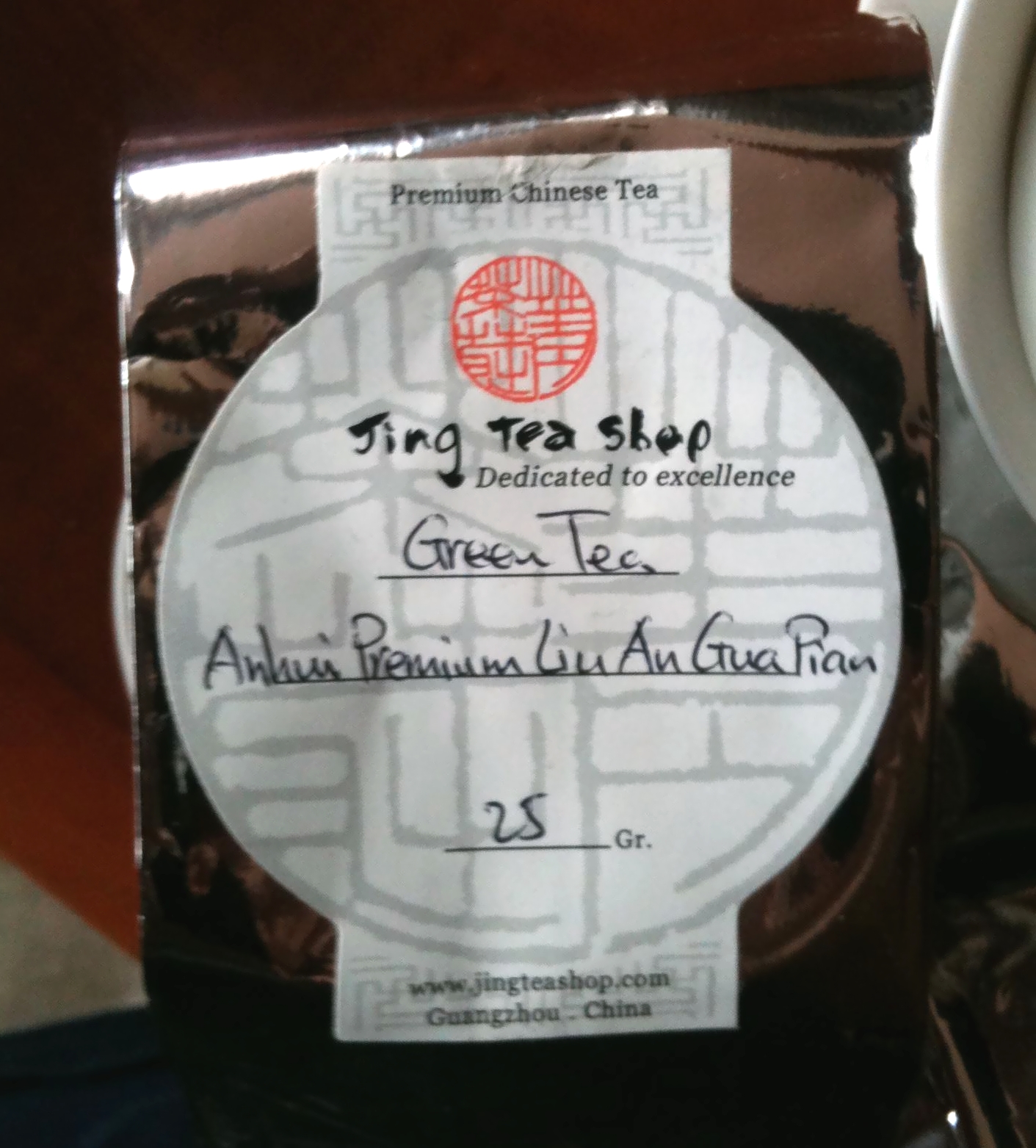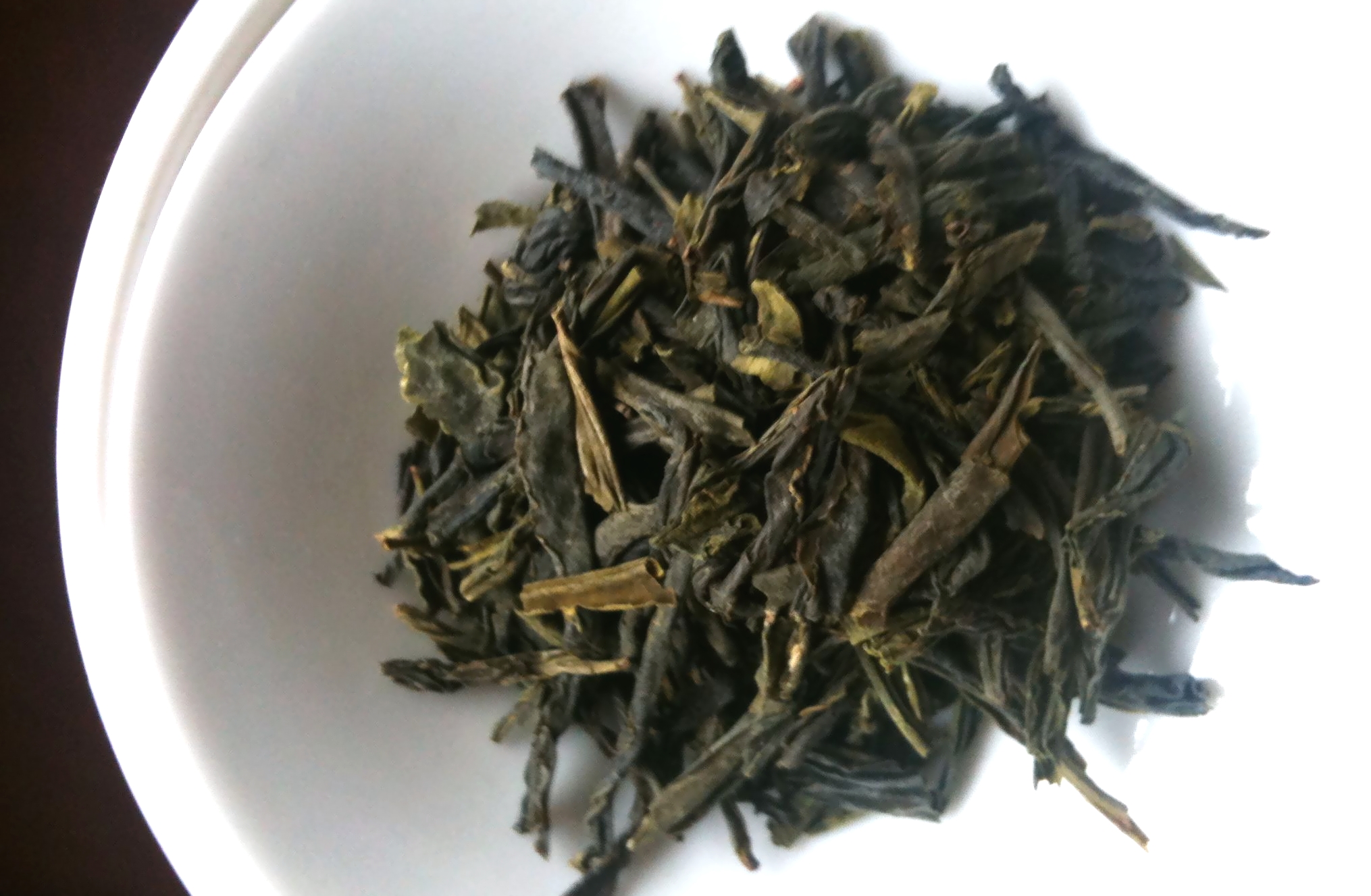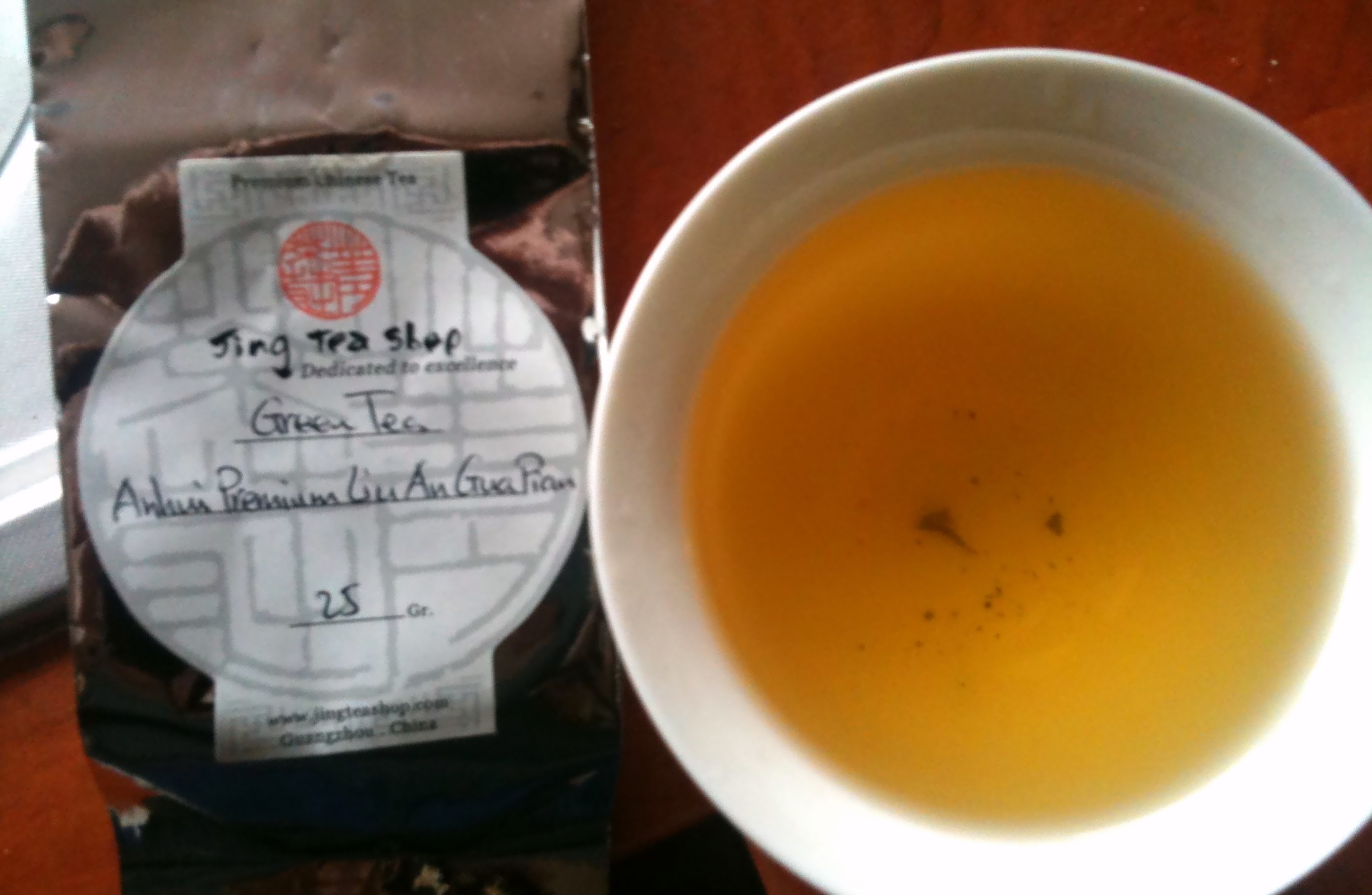Stale tea
Posted on 11 October 2011
Short follow-up on my ‘moving tea collection’ saga. In a most incredible place when moving my stuff to a new flat, I found a few tea packs. It was enjoyable to brew a Guapian, a nice green tea from China I don’t drink often enough.
All fine, but this tea is from 2008. Drinking green tea after three years is like having a month-old donut. (There are exceptions). Well, maybe not, because this tea was drinkable. I’ve actually had some fun doing a ‘tepid gongfu’, basically a maceration of leaf in a little room-temperature water currently discussed by Babelcarp on Twitter. (I’ll develop on this in another post soon). But basically this tea is stale, and it has the flavour of all stale green teas: dust. Spinach leaves, bitter lettuce, paper (did you too chew bits of paper when you were a kid?), but especially that mouth-drying, flavour-less, dusty quality.
It’s actually an interesting parallel to wine that I didn’t notice at the time I wrote my wine and tea comparison series (see Part 1 – 2 – 3). All wines become more and more similar as they age. In youth, a Primitivo tastes as if it came from a different planet from a Gamay, but a 20-year-old Primitivo will have many things in common with a 20-year-old Gamay. Idem for white wines. Riesling will always have a different structure and texture to a Meursault but the honeyed, caramelly, nutty aromas will be the same for both when both are past their prime.
It’s the same for tea: this Guapian tasted no different from a stale Japanese sencha, though essentially they are extremely different teas. And one more interesting parallel is the colour. Fresh Guapian has a light emerald, almost silvery hue. This 3-year-old example was yellow veering towards orange, just like a white wine that is too old.




